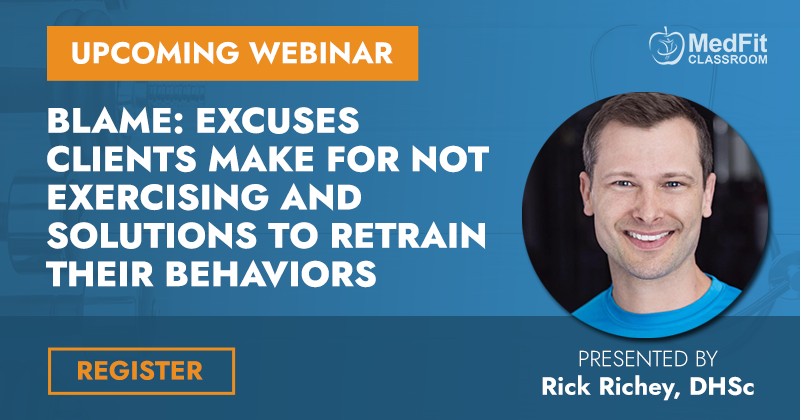Several years ago, I was enrolled in a school program where we looked at the relationships between fitness, education, and leadership practices, when combined, can help further the role of health adherence and outcomes in our society. It was during one of our cohort modules that we studied something called Attribution Theory, which fundamentally explored why people BLAME their inability to do something on nearly anything but themselves. I immediately thought about my personal training clients and why they may not be doing exercise on their own outside of our training sessions. The myriad of excuses was diverse and came with the ease of well-rehearsed prose.
“I didn’t have enough time.”
“I would have but my laundry wasn’t done, and I didn’t have any clean clothes.”
“I had family in town.”
“…a work thing…”
“… an after work thing…”
“…travel”
“…shopping”
“…busy”
“…my kids…my husband…my wife…”
My goodness!
Blame is a protective mechanism that allows us to fail at a directive and to attribute it to something or someone other than ourselves. It’s a way of massaging the ego a bit by diverting attention toward something outside of our control. These attributions are not limited to the person providing personal reasons for not doing something. Onlookers in this person’s life may have an attribution of blame from a different perspective that explains why someone else did not accomplish an exercise task.
“She’s too lazy.”
“He just isn’t prioritizing this.”
“It must not be that important.”
According to Bernard Weiner, the father of modern-day Attribution Theory, that may not be true. Weiner suggests that the individual’s belief for not doing something may be more important than the actual reason. Their perception of why they cannot achieve something is valuable for the medical fitness professional to understand and address.
For instance, a client may state that they do not have enough time to do their workouts outside of your personal training sessions. That is their attribution or what they blame as the reason they cannot make it happen. However, you as a fitness professional with a different set of values and life contexts may think that we all have the same number of hours in the day, so the “no time” excuse doesn’t cut it with me. You would never be so blunt, though that may be a dialogue that you likely played out in your head. It is well researched and cited that guilt and shame do not work, so what are some ways that the fitness professional can help to elicit constructive behavior change in their fitness clients – especially outside of your time together?
I did my doctoral dissertation on Attribution Theory, and more importantly, Attributional Retraining. I was not only interested in learning why and toward what people attribute blame, but how I could help someone see their attributions as fluid and not fixed. It is one thing to understand motivations behind blame. It is another thing to recognize those limiting attributions, deconstruct them, and develop strategies to retrain the blame.
Register for My Upcoming Webinar
In an upcoming webinar, I discuss attribution theory and break down original research on the attributional retraining process. There are four major components that support attributional retraining. We will discuss these components and the peer-reviewed research that supports fitness professionals by identifying and readdressing BLAME. I invite you to join me and MedFit Classroom in our presentation of BLAME: The Excuses Clients Make for Not Exercising and Solutions to Retrain Their Behaviors.
Rick Richey, DHSc, MS, LMT is a national and international speaker, providing solid evidenced-based education for personal fitness trainers, sports medicine practitioners, and strength and conditioning coaches to better assess clients, prevent injury, enhance performance, and reach goals for their clientele.
He is the owner of Independent Training Spot in NYC, where he provides personal training, wellness coaching and orthopedic massage, and the founder of ReCOVER, the world’s first recovery studio. He is a senior faculty instructor for the National Academy of Sports Medicine (NASM) and adjunct faculty at the California University of Pennsylvania.

